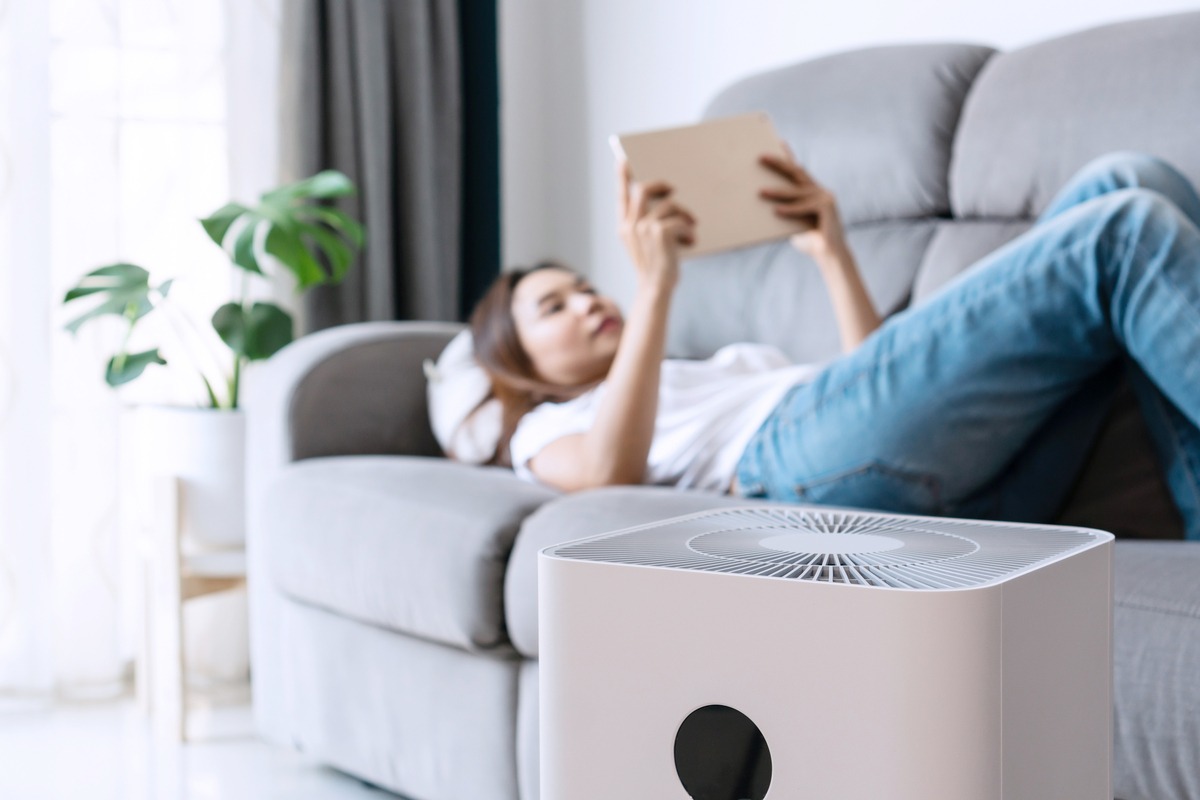Do you know that indoor air can be ten times hazardous than the air outside? With home isolation becoming the new normal post-COVID outbreak, maintaining the indoor air quality is the need of the hour!
As modern homes are less ventilated, indoor allergens cannot easily escape and hence impact the indoor air quality. Toxic chemicals from furniture, floor coverings, paints, detergents, and household cleaners can get trapped inside poorly ventilated homes.
With more people now working from home, each of us needs to take measures to improve the indoor air quality. This will help in removing harmful toxins and make your home a safer place to live with your loved ones.
Here’s how you can improve the air quality of your home
Vacuum clean your home
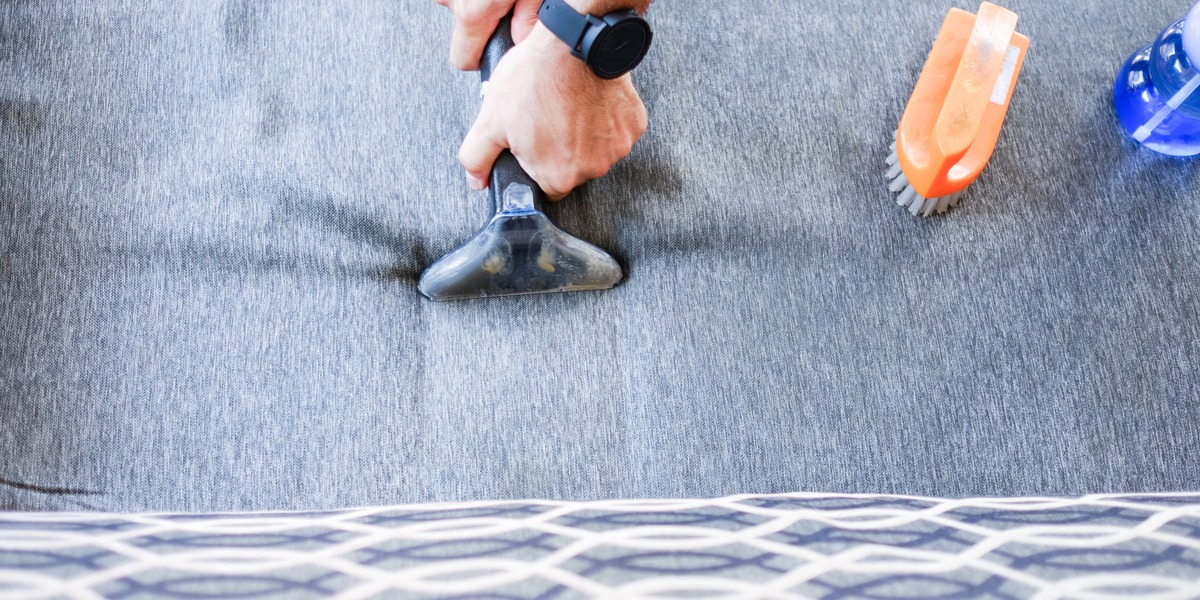
To minimize toxicity in your home clean it regularly. Your cleaning efforts should primarily focus on strategies to reduce the accumulation of pet dander, mold, and dust accumulating in your home.
Remember to vacuum the carpets and rugs at least once or twice a week with a vacuum cleaner.
Purchase an air purifier
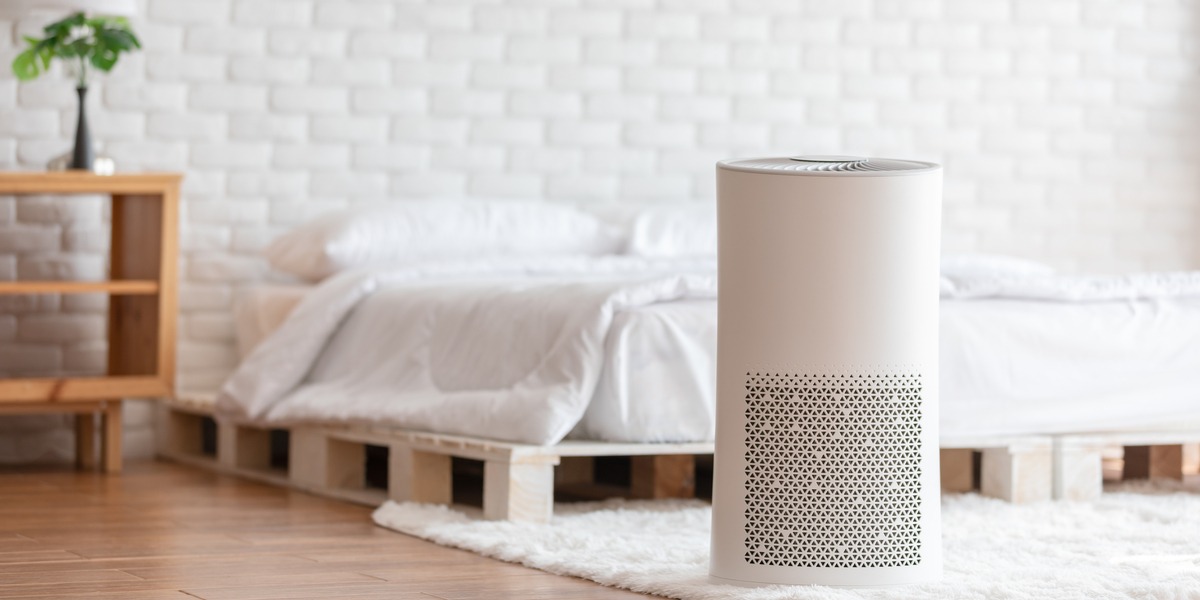
An air purifier is an effective way to reduce harmful particles in the air. Air purifying machine can trap and remove pollutants by drawing in dirty air, filtering it, and releasing cleaner air, back into the room.
You can also consider using a dehumidifier in damp areas, such as the basement area, to prevent the growth of mold.
Let the fresh air in

Proper ventilation is crucial to protect and improve air quality at home. Even if it’s winter, open windows from time to time to allow fresh air to move inside the house. After it gets dark you can always close your windows or doors.
Also, move potential air contaminants out by using exhaust fans in the kitchen to remove cooking fumes.
Bring in indoor plants

Indoor plants have incredible air-purifying quality as they can clean the toxic air naturally, as well as brighten up your living space. Aloe, bamboo palm, spider plant, English ivy are some of the best indoor plants that can clean the indoor air.
Switch to beeswax candles
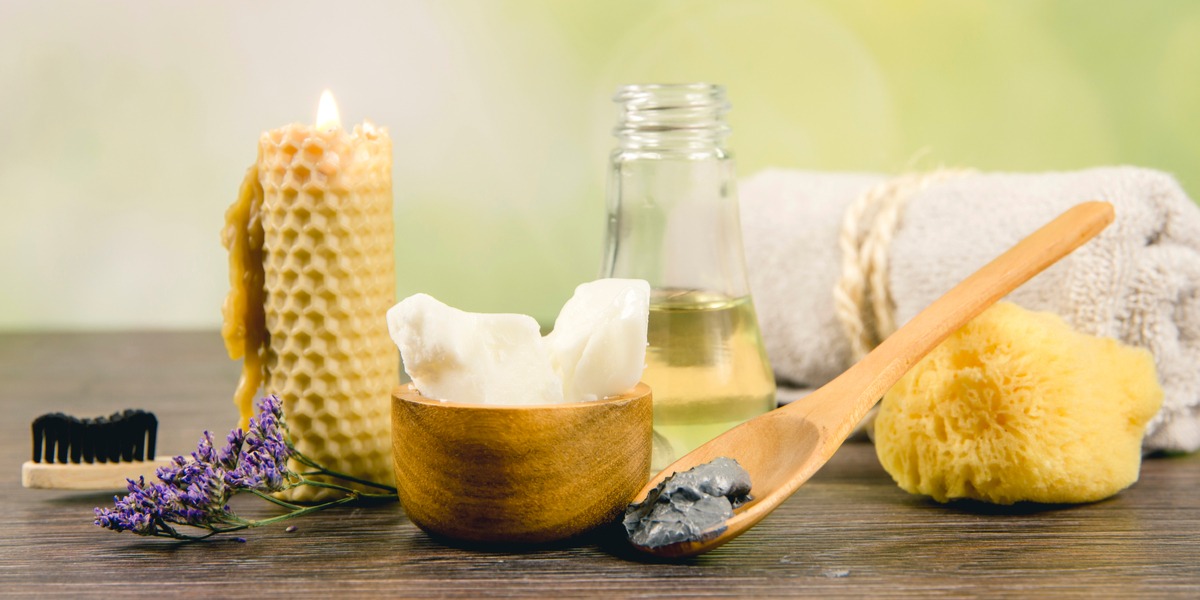
The paraffin or scented candles that we frequently use at home can contribute to indoor air pollution. Paraffin wax when burned out can release harmful chemicals that can cause respiratory issues.
Just like air purifiers, beeswax candles release negative ions that can neutralize the particles from air pollutants.
Use non-toxic cleaners
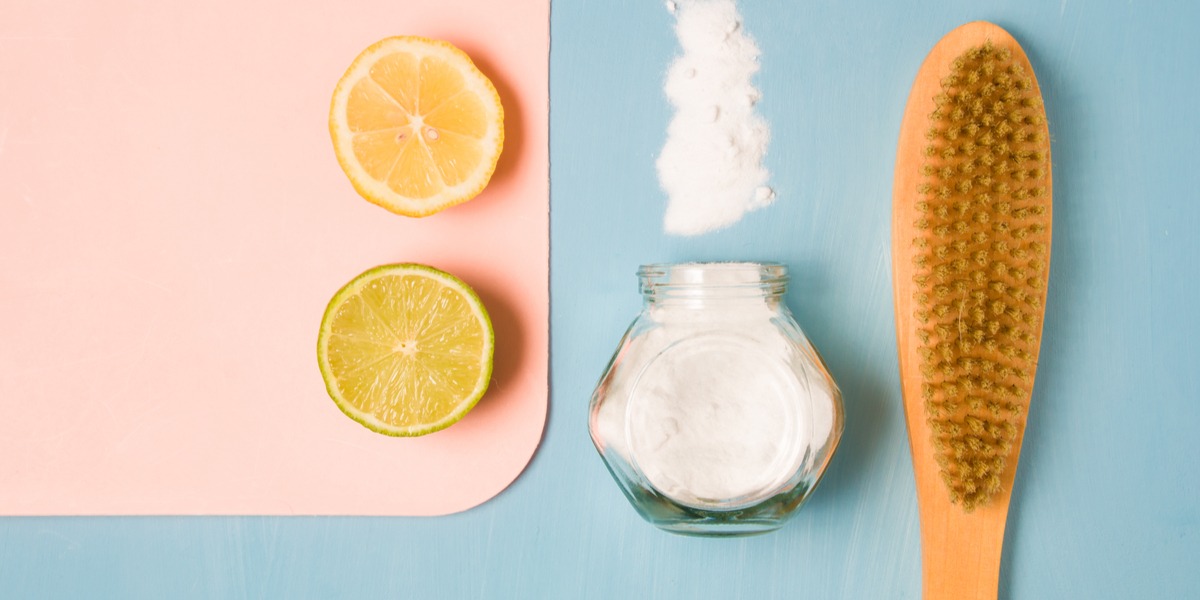
Many household cleaners contain toxic chemicals that can irritate the eye, nose, throat, and lungs. Consider making your household cleaners using ingredients such as vinegar, baking soda, citrus juice, or essential oils.
With these simple hacks, you can remove the harmful toxins that get trapped inside your home and improve indoor air quality.


